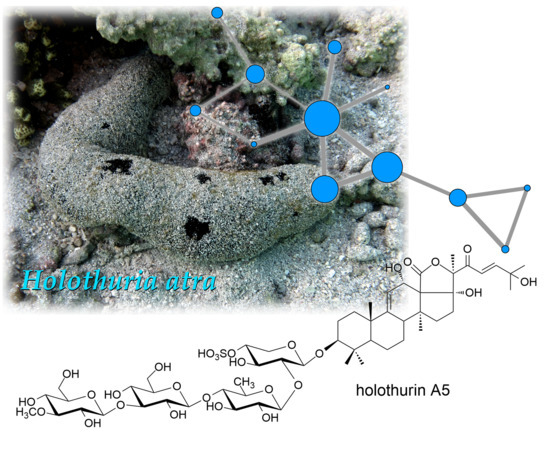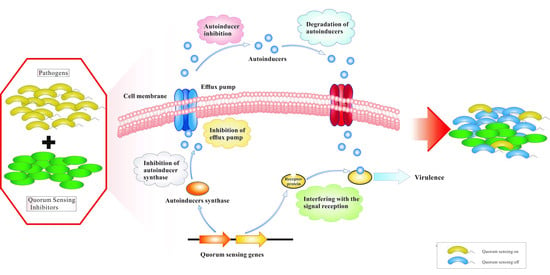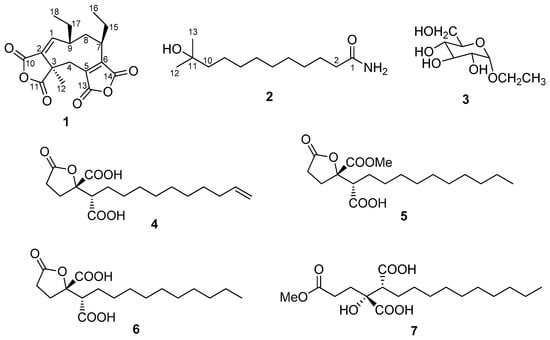Papers from “Sino–Italian Symposium on Bioactive Natural Products”
A topical collection in Marine Drugs (ISSN 1660-3397).
Viewed by 24681Editors
Interests: marine and terrestrial natural products; pharmaceutical biology; stereostructure elucidation; bioactivity
Special Issues, Collections and Topics in MDPI journals
Interests: marine microbial natural products; antibiotics resistance; genome mining; bioinformatics; marine drugs
Special Issues, Collections and Topics in MDPI journals
Topical Collection Information
Dear Colleagues,
With the foundation of a thousand-year-old tradition, China and Italy are recognized leaders in the research fields of natural product chemistry, natural product synthesis/biosynthesis, and in the discovery of innovative medicines from natural sources. The Sino–Italian Symposium on Bioactive Natural Products (SISBNP) is held annually in, alternately, China and Italy. The aim of such academic events is to share advanced ideas in the field of natural product sciences and to appreciate the relevant breakthroughs that may promote the development of drug discovery chemistry with indispensable significance for human survival.
This Marine Drugs Collection will provide a platform for the symposium attendees to publish papers with a particular focus on natural products isolated from marine invertebrates and marine microorganisms, potentially useful as biological tools or as lead compounds for the development of new drugs. All submissions will be evaluated by the Editor-in-Chief or an appropriate Editorial Board Member and go through strict peer-review before publication.
Prof. Dr. Orazio Taglialatela-Scafati
Prof. Dr. Hong Wang
Collection Editors
Manuscript Submission Information
Manuscripts should be submitted online at www.mdpi.com by registering and logging in to this website. Once you are registered, click here to go to the submission form. Manuscripts can be submitted until the deadline. All submissions that pass pre-check are peer-reviewed. Accepted papers will be published continuously in the journal (as soon as accepted) and will be listed together on the collection website. Research articles, review articles as well as short communications are invited. For planned papers, a title and short abstract (about 100 words) can be sent to the Editorial Office for announcement on this website.
Submitted manuscripts should not have been published previously, nor be under consideration for publication elsewhere (except conference proceedings papers). All manuscripts are thoroughly refereed through a single-blind peer-review process. A guide for authors and other relevant information for submission of manuscripts is available on the Instructions for Authors page. Marine Drugs is an international peer-reviewed open access monthly journal published by MDPI.
Please visit the Instructions for Authors page before submitting a manuscript. The Article Processing Charge (APC) for publication in this open access journal is 2900 CHF (Swiss Francs). Submitted papers should be well formatted and use good English. Authors may use MDPI's English editing service prior to publication or during author revisions.











